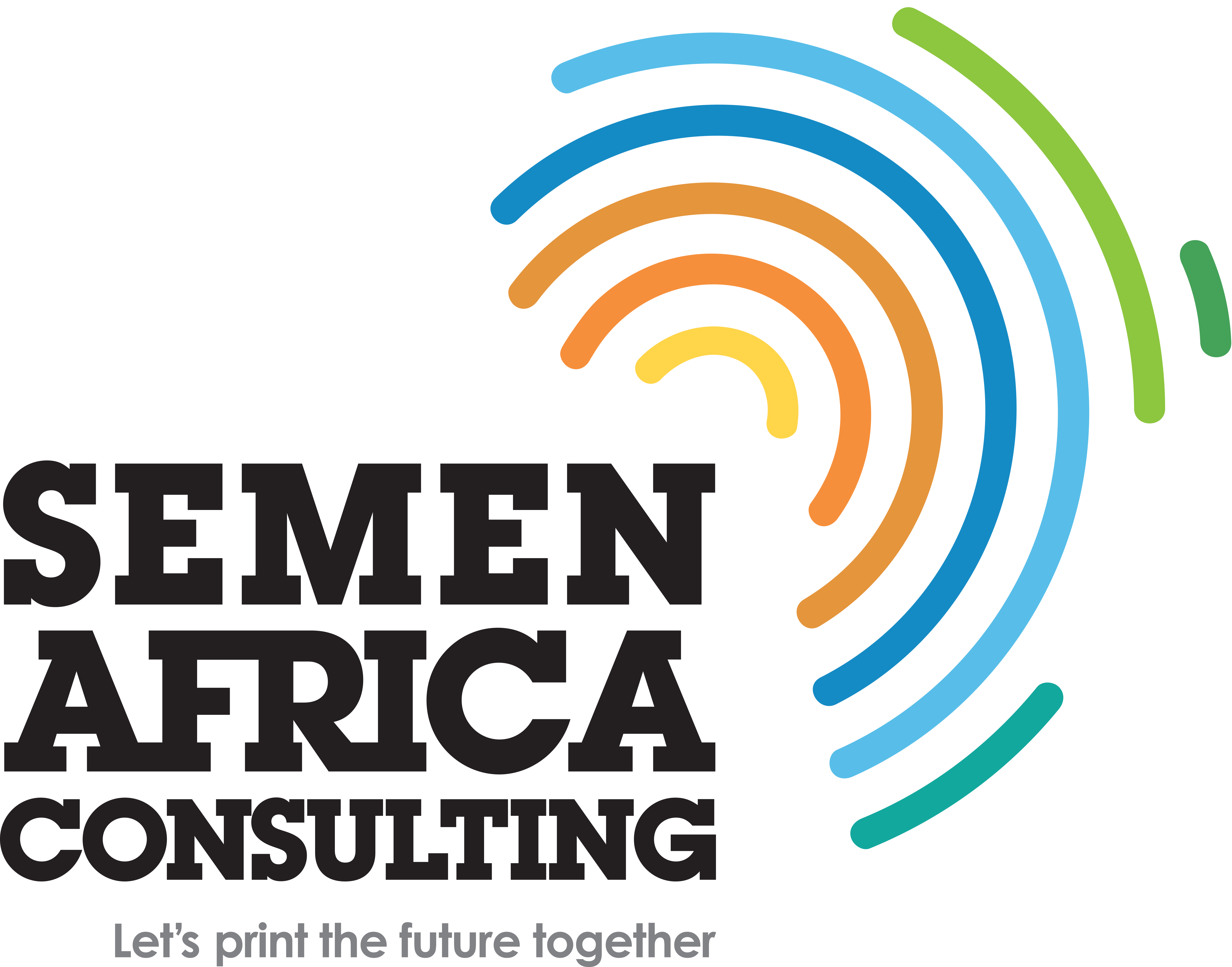Building infrastructure in Africa is hampered by the complexity of raising funds from international players and development banks. Fluctuations in the international monetary system and reductions in public aid from developed countries further complicate the situation.
African countries, aiming to achieve the Sustainable Development Goals (SDGs), are redirecting their infrastructure strategies towards eco-responsible projects. However, the conditions imposed by traditional donors are often rigorous, making economic diplomacy insufficient to stimulate investment in this area. Climate-related financing is therefore becoming a prime target.
Benin has received a $239 million loan from the African Development Bank (AfDB), supported by the United Kingdom, to combat urban flooding as part of the ROOM TO RUN initiative. The project aims to build drainage systems to reduce the health risks associated with stagnant water, with the financial support of several regional and international banking institutions.
In Mauritius, the fintech NITHIO has raised $10 million from a Dutch organisation to invest in local SMEs and promote access to renewable energy. Borrowing in local currency offers a significant advantage in terms of interest rates and risks, directly benefiting distributors of energy and communications equipment.
Côte d’Ivoire has obtained $1.3 billion in financing from the IMF for anti-flood and pandemic management projects, illustrating an alternative approach to infrastructure financing. Continuing the fight against communicable diseases, and slowing the development of non-infectious diseases: such is the dual urgency that is emerging.
In short, Africa is moving towards a sustainable development approach, exploiting climate financing mechanisms to put its public initiatives into practice.



